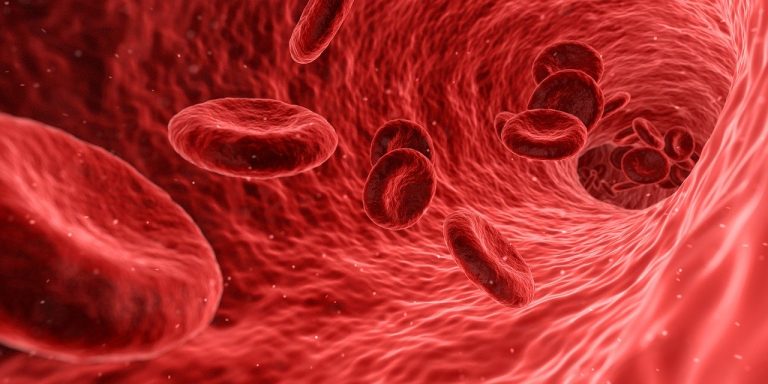VAPING
Vaping has been the latest craze among young people; often resulting in serious illness and death. E-cigarettes originated as a device to assist smokers in reducing traditional cigarette usage until the time that they were able to quit the habit for good. However, present indicates that e-cigarettes are utilize more as an adjunct to smoking rather than a method of smoking reduction. In youths, it has been found that 60% utilize both e-cigarettes and traditional cigarettes together. Data shows that teens with Asthma vape more than those without.
- E-cigarettes work by super heating the liquid inside to produce a vapor. It has been found that the vapor contains microparticles of both the vaping solution and metals from the container in which the solution is heated. These particles cause cardiovascular injury with a negative effect on resting heart rate, blood pressure, and the cells that line the blood vessels.
- JUUL (flavored E-cigarettes) most popular among youths contains nicotine salts which delivers almost as much nicotine as a traditional cigarette. Frequently, these nicotine salts are mixed with liquid cannabis. The percentage of youths that vape with cannabis is 30%.
- Heated tobacco products, like IQOS brand, heats tobacco in a propylene glycol which produces the aerosol.
- Chemicals found in E-cigarettes can cause DNA damage and abnormal cell division. The types of chemicals found in the liquids are chemicals such as formaldehyde, N-nitrosonornicotine (NNN) and benzine.
- Metal exposure: Metals found in aerosolized vaping liquid contain chromium, manganese, nickel, and zinc. These metals can cause lung, liver, heart and brain damage.
- Respiratory impacts: Increased coughing and wheezing, increased asthma, increased production of inflammatory chemicals and reduced function of protective cells in the lungs. There is increased airway hyperactivity, increased airway resistance, increased ling tissue and small airway inflammation, lower lung volumes, reduced ability to defend against bacterial and viral organisms and scarring of small airways.
- Cardiovascular impacts: High blood pressure, fast heart rates, reduced myocardial (heart muscle) oxygen consumption. coronary artery vasoconstriction, high cholesterol with atherosclerosis (hardening of the arteries).




